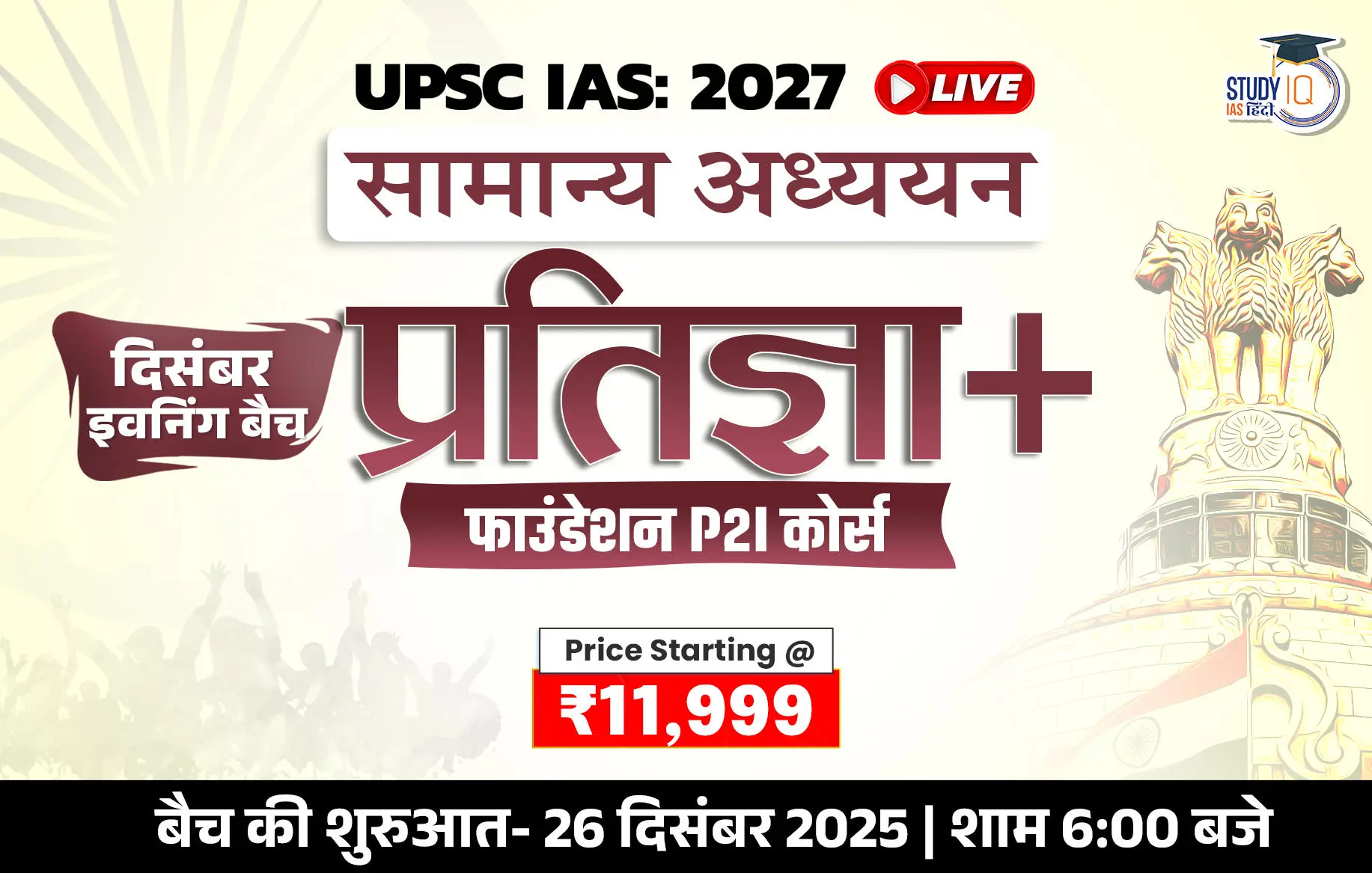Table of Contents
Context: The Parliamentary Standing Committee on Transport, Tourism and Culture in its 359th Report on the Functioning of Archaeological Survey of India’ has recommended the list of monuments that has to be rationalised and categorised on the basis of their national significance, unique architectural value and specific heritage content.
More on News:
- The committee’s approach aligns with the government’s decolonization agenda.
- It aims to remove monuments selected by the British or those that glorify the colonial era from the list of protected monuments.
- Instead, the focus will be on including monuments that “reflect Indian ethos.”
Key Observations of the Committee:
List of protected monuments in India:
- Inclusion of Minor Monuments:
- The committee observes that the current list of protected monuments includes a significant number of minor monuments that lack national significance.
- Approximately a quarter of the 3,691 monuments on the list are considered to fall into this category.
- Inclusion of Insignificant Graves:
- The list also includes graves of colonial-era soldiers or officials who are deemed to have no notable historical importance.
- The committee finds that such structures have no architectural value.
Restrictions imposed around ASI protected monuments in India:
- Prohibited and Regulated Areas:
- There is a provision of a 100-metre prohibited area and a 300-metre regulated area around all ASI-protected monuments.
- These areas were introduced in 2010 through an amendment in the Ancient Monuments and Archaeological Sites and Remains (AMASR) Act, 1958.
- Within these zones, certain activities like mining and construction are either prohibited or regulated.
- Public Inconvenience:
- These restricted zones cause significant inconvenience to the public.
- This situation often leads to hostility in the affected communities.
- Uniform Application:
- The committee highlights that the same rule applies uniformly to both significant and insignificant monuments.
- This means that the restrictions mentioned above are applied equally to well-known monuments like Ajanta and Ellora as well as to lesser-known monuments like kosminars, unknown cemeteries, and tombs.
Core mandate and operations of the Archaeological Survey of India (ASI):
- Preservation as Core Mandate:
- The preservation of monuments and sites is a fundamental and core mandate of the ASI.
- This includes not only the physical preservation of structures but also developing comprehensive preservation plans, especially before conducting excavations.
- Need for Clear Strategies:
- The ASI should establish clear strategies for various aspects of its work, including documenting findings, conserving artifacts, and restoring structures.
- These strategies should aim to minimize the impact on the integrity of the historical site.
- Focus on Historical Significance:
- ASI should prioritize areas with the potential to answer crucial historical questions and contribute to a deeper understanding of India’s rich past.
- This implies a more selective approach to excavation and preservation efforts.
- Use of Advanced Technologies:
- The committee advocates the use of advanced technologies such as LiDAR, ground-penetrating radar, and 3D scanning to enhance the accuracy and efficiency of excavations.
- These technologies can improve data collection and analysis.
Missing Monuments:
- Missing CPMs: Comptroller and Auditor General (CAG) has declared 92 Central Protected Monuments (CPMs) as “missing” which is a cause of concern, as they are part of India’s historical heritage.
- Location of Some CPMs: The Archaeological Survey of India (ASI) has successfully located only 42 out of the 92 missing CPMs. However, the remaining 50 CPMs face various challenges, including rapid urbanization, submersion under reservoirs or dams, or being completely untraceable.
Shortage of Funds and Restoration Activities:
- Shortage of Human Resources: The committee observes a shortage of human resources for conservation work.
- Inadequate Funding: India allocates a relatively small amount of funds for the protection and upkeep of monuments (Rs 11 lakh (11 hundred thousand) per monument) of national importance, which it considers insufficient for a culturally rich country like India.
- Restoration Concerns: There are instances where restoration work is carried out without considering the original design and beauty of the monument. The committee emphasizes the importance of undertaking restoration work while keeping the original structure, relevance, and aesthetics in mind.
- Emphasis on Indigenous and Sustainable Practices: The committee observes that indigenous systems and traditional practices are not being emphasized as much as they deserve in restoration and conservation projects.
Recommendations:
- Rationalization and Categorization: Only monuments with national significance, unique architectural value, and specific heritage content should be included in the protected list.
- Deletion of Some Kosminars: Some kosminars, which are milestones built by the Mughals, must be deleted from the list as they obstruct road-widening exercises.
- Differentiation Based on Significance: Instead of uniformly applying the 100-metre prohibited and 300-metre regulated zones to all monuments, the committee suggests tailoring the restrictions based on the historical and architectural significance of each monument.
- Consider Local Context: The committee proposes considering the local context and impact on the communities living around monuments when implementing restrictions. In cases where entire villages fall within the restricted zones, special consideration should be given to allow necessary repairs and development without causing undue hardship to the residents.
- Bifurcation of the ASI: The committee suggests that ASI would focus on its core mandate, which includes exploration, excavation, and conservation aspects.
- Establishing the India Heritage Development Corporation (IHDC): The committee recommends the establishment of a separate organization called the India Heritage Development Corporation (IHDC) that would be responsible for managing ASI’s revenue-generating activities, such as ticket collection, conducting auctions, issuing licenses, operating cafeterias, selling mementos, and managing sound and light systems at heritage sites.
- Survey of Remaining Monuments: The Ministry should conduct a comprehensive survey of all the remaining missing CPMs to ensure their physical existence and safety.
- Regular Physical Surveys: There has to be periodic physical surveys of all CPMs.
- Digital Logbooks: The ASI shall maintain digital log books that include textual and photographic/video records of the physical state and location coordinates of CPMs and in also identifying encroachments in the early stages.
- Addressing Human Resource Shortages: The Ministry of Culture and the ASI should explore innovative ways to address the shortage of human resources for conservation work.
- Increased Funding: Adequate funding is seen as essential to preserve India’s rich cultural heritage effectively.
- Preservation of Original Design: ASI should prioritize restoration work that respects the original design, relevance, and aesthetics of monuments. It calls for a more thoughtful approach to restoration.
Indian Regulations to conserve Monuments:
- Ancient Monuments and Archaeological Sites and Remains (AMASR) Act, 1958:
- It aims to protect and preserve archaeological and historical sites and monuments of India.
- It also provides for the regulation of archaeological excavations and for protection of sculptures, carvings and other such objects.
- Under the provisions of the act, 100 meters area from the protected limit of centrally protected monuments of India/site has been declared as prohibited area for new constructions.
- Beyond this, the 200 meters area has been declared as a Regulated Area.
- Repair/renovation of the existing structures in prohibited areas and new constructions in regulated areas are permissible on obtaining permission from National Monument Authority/Competent Authority meant for such purpose.
- ASI: Safeguarding the Monuments of India and Heritage
- The ASI under the Ministry of Culture, is the premier organization for the archaeological research and protection of the cultural heritage of the nation.
- Maintenance of ancient monuments of India and archaeological sites and remains of national importance is the prime concern of the ASI.
- Besides, it regulates all archaeological activities in the country as per the provisions of the (AMASR) Act, 1958.
- It also regulates the Antiquities and Art Treasure Act, 1972.
- National Monuments Authority: Guardians of monuments of India:
- NMA under the Ministry of Culture has been set up as per provisions of AMASR (Amendment and Validation) Act, 2010 which was enacted in March, 2010.
- No construction work or related activity is generally permitted in these prohibited and regulated areas unless a specific approval is taken from the National Monuments Authority (NMA).

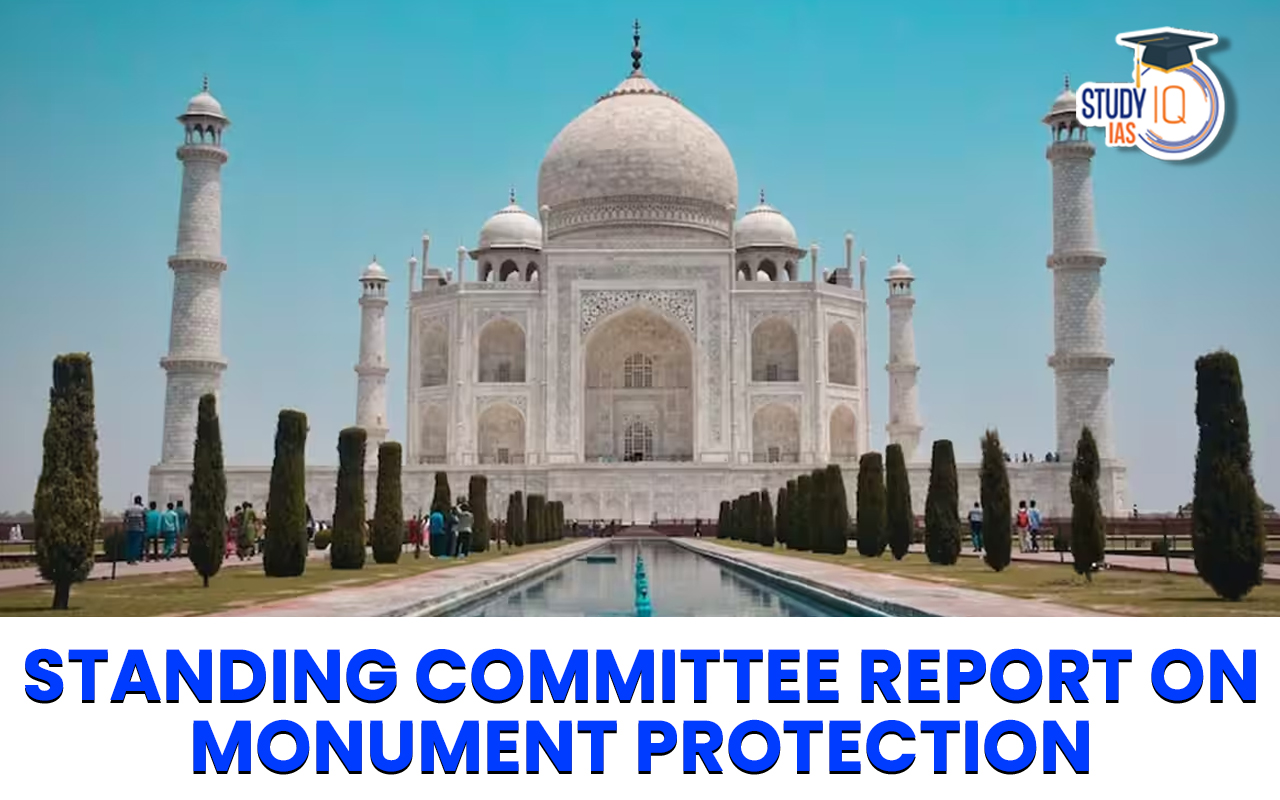
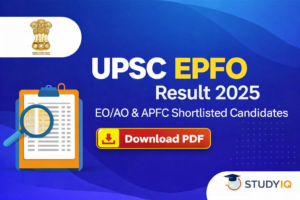 UPSC EPFO Result 2025 Out: EO/AO and APF...
UPSC EPFO Result 2025 Out: EO/AO and APF...
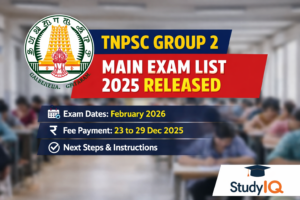 TNPSC Group 2 Main Exam List 2025 Releas...
TNPSC Group 2 Main Exam List 2025 Releas...
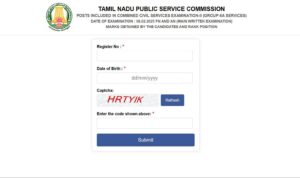 TNPSC Group 2 Result 2025 Out: Check Mar...
TNPSC Group 2 Result 2025 Out: Check Mar...


